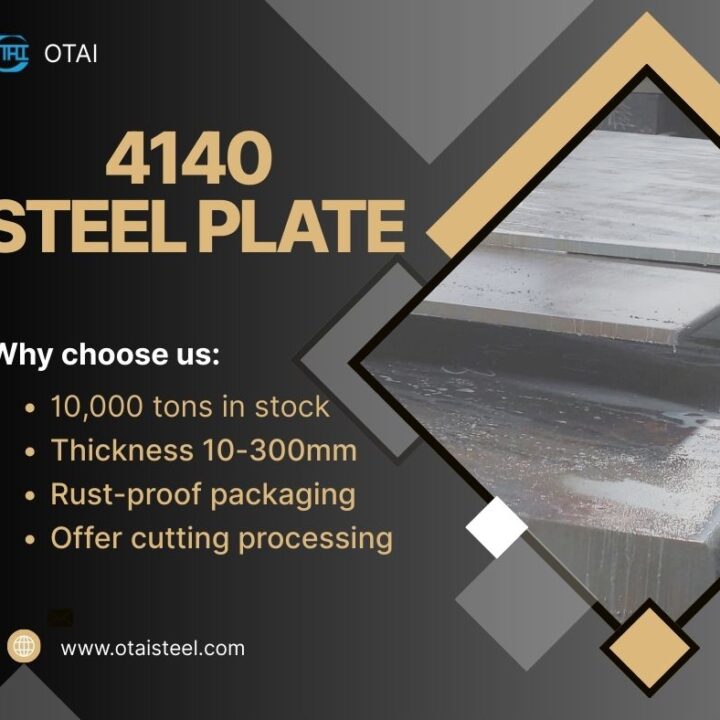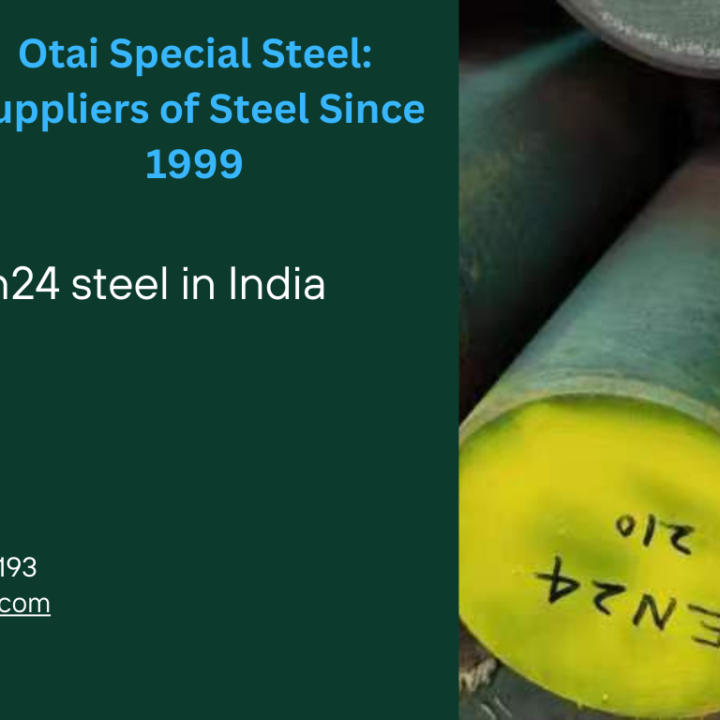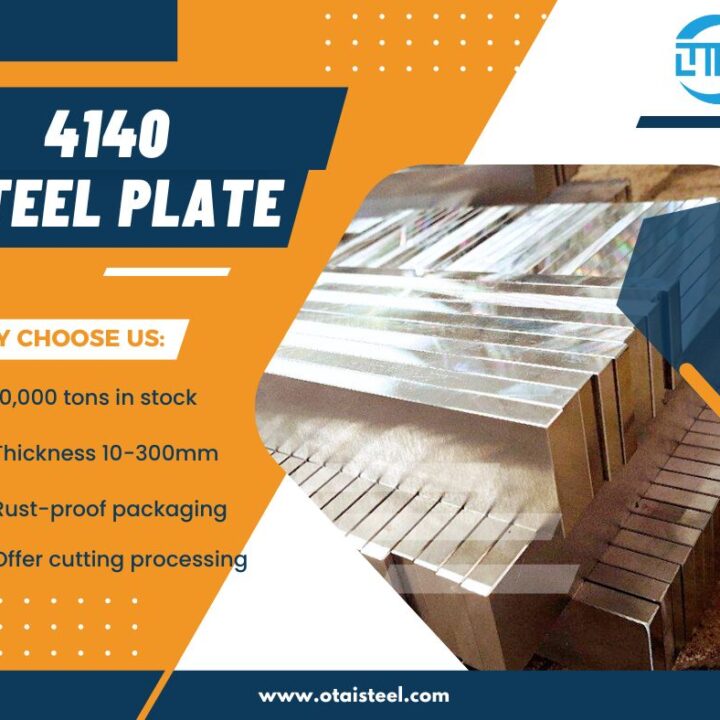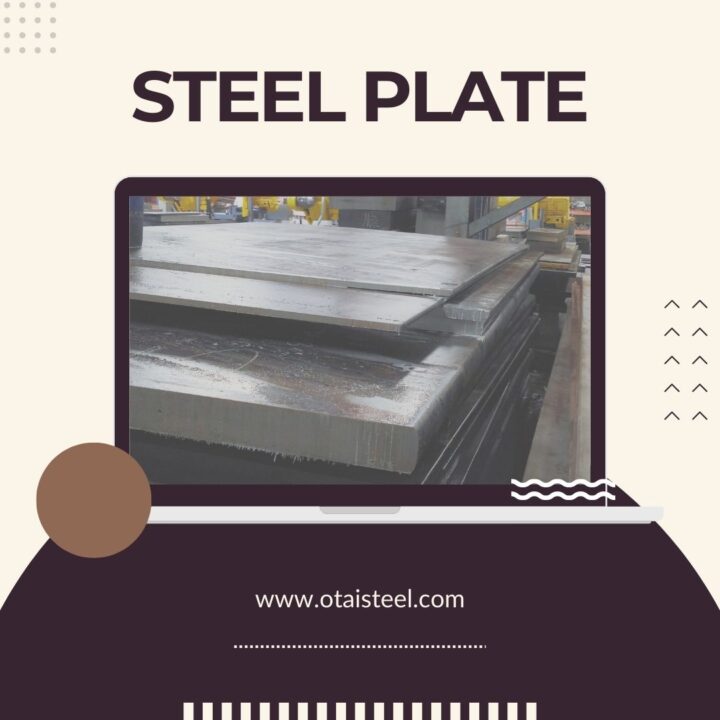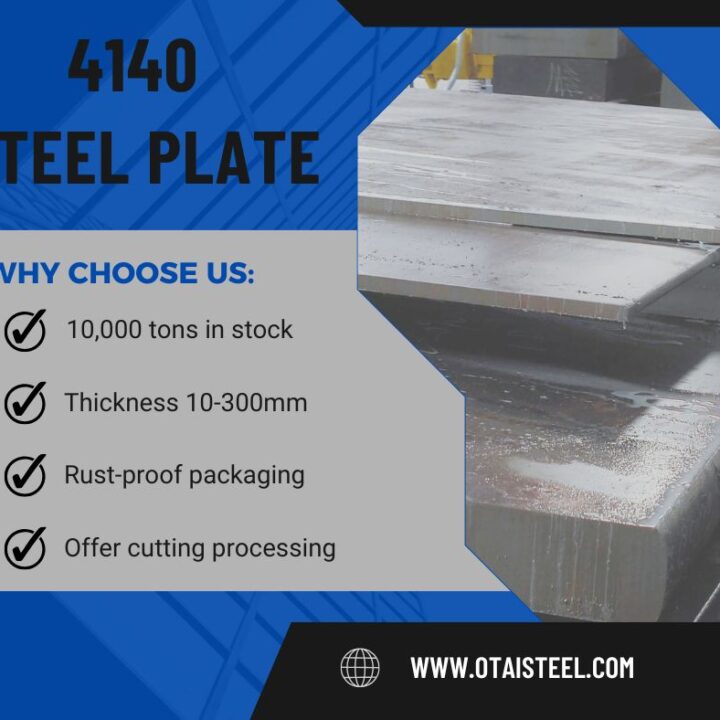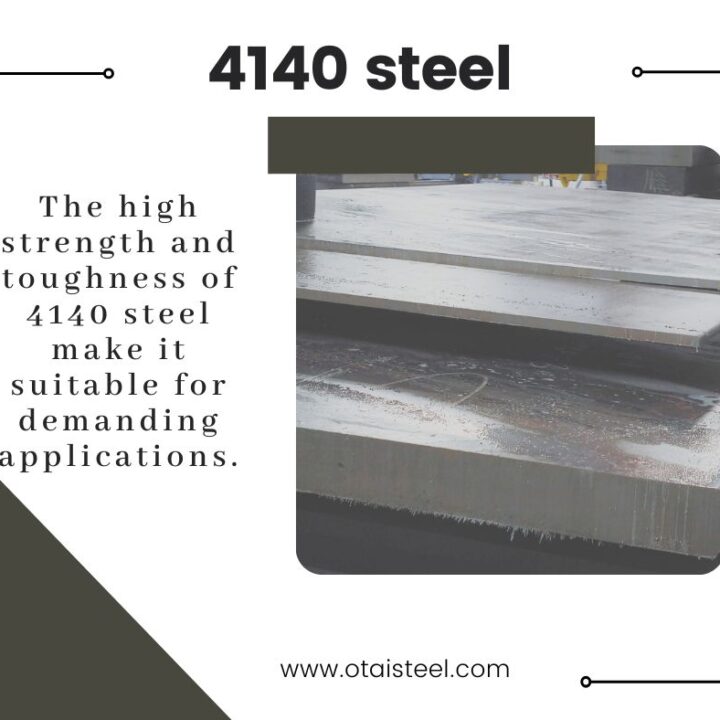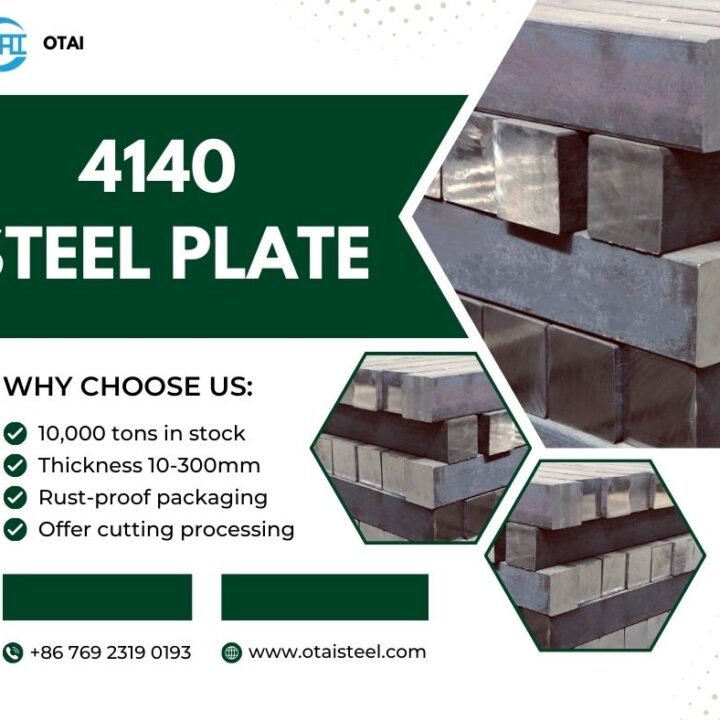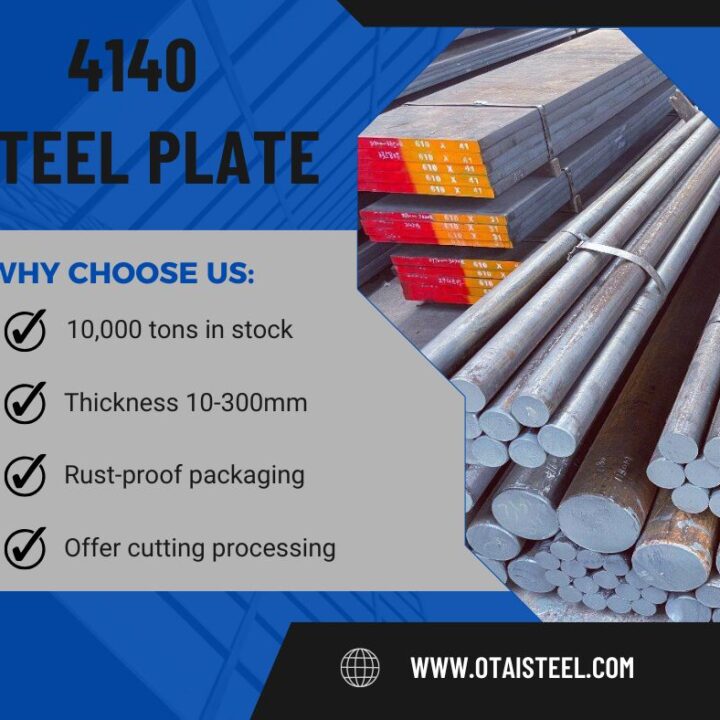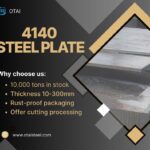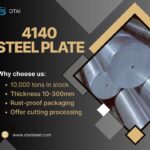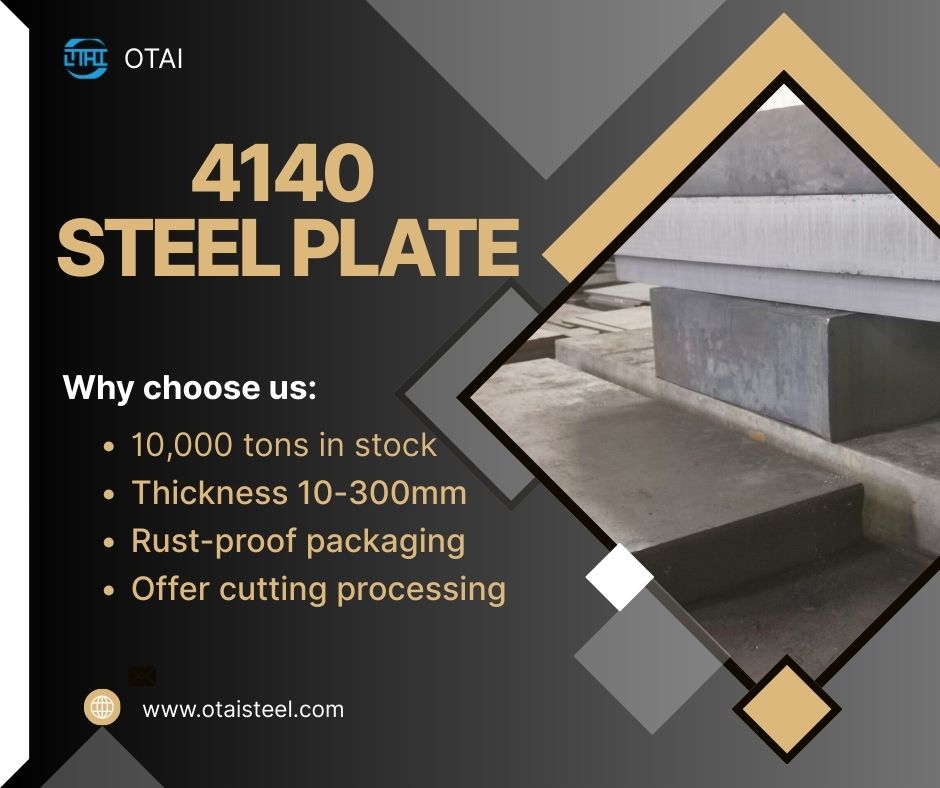 What about 4140 alloy steel’s composition?
What about 4140 alloy steel’s composition?
When discussing 4140 alloy steel’s composition, we are talking about more than just a chemical formula on paper. This chromium-molybdenum alloy steel is an engineering workhorse, prized for its balance of strength, toughness, and machinability. Its chemical makeup is the foundation that determines its performance in applications ranging from oilfield components to automotive parts.
In this guide, we’ll explore the complete chemical composition of 4140 alloy steel, why each element is there, how variations in content affect performance, and what engineers should keep in mind when selecting or processing this steel.
🌟 What is 4140 Alloy Steel?
4140 alloy steel is classified as a low-alloy, medium-carbon steel. It belongs to the AISI-SAE 41xx family, characterized by the addition of chromium and molybdenum. These alloying elements enhance hardenability, wear resistance, and tensile strength, making it a versatile material across multiple industries.
Its typical uses include gears, shafts, crankshafts, drill collars, and heavy-duty fasteners — all components that demand high strength and fatigue resistance.
📊 Chemical Composition of 4140 Alloy Steel
Here is the typical chemical composition according to AISI standards:
| Element | Content (%) | Purpose in Alloy |
|---|---|---|
| Carbon (C) | 0.38 – 0.43 | Controls hardness, strength, and wear resistance |
| Manganese (Mn) | 0.75 – 1.00 | Improves strength and hardenability |
| Silicon (Si) | 0.15 – 0.35 | Enhances toughness and deoxidation |
| Chromium (Cr) | 0.80 – 1.10 | Increases hardness, wear resistance, and corrosion resistance |
| Molybdenum (Mo) | 0.15 – 0.25 | Improves hardenability and high-temperature strength |
| Phosphorus (P) | ≤ 0.035 | Controlled to reduce brittleness |
| Sulfur (S) | ≤ 0.040 | Controlled to maintain ductility |
🔍 Role of Each Alloying Element
-
Carbon (C) – The medium carbon content is the backbone of the steel’s strength. It allows 4140 alloy steel to reach high hardness after heat treatment while still maintaining reasonable toughness.
-
Manganese (Mn) – Supports hardenability and strengthens the steel through solid solution strengthening.
-
Silicon (Si) – Acts as a deoxidizer during steelmaking and contributes to toughness.
-
Chromium (Cr) – Boosts wear resistance, surface hardness, and oxidation resistance.
-
Molybdenum (Mo) – Enhances strength at elevated temperatures and prevents temper embrittlement.
🛠 How Composition Affects Performance
The composition of 4140 alloy steel directly determines its performance after processes like quenching, tempering, and machining:
-
High Carbon + Chromium → Greater hardness and wear resistance.
-
Chromium + Molybdenum → Improved toughness and fatigue strength.
-
Balanced Mn and Si → Maintains machinability and dimensional stability.
For example, if an application requires 4140 steel for oilfield drilling tools, the alloy’s chromium-molybdenum balance ensures high impact resistance without losing hardness.
🏭 Common Applications Linked to Composition
Because the 4140 alloy steel chemical composition offers both high strength and good machinability, it is chosen for:
-
Heavy-duty shafts in power transmission.
-
Downhole drilling tools for oil & gas.
-
Automotive crankshafts and connecting rods.
-
High-strength bolts and fasteners.
-
Industrial gears subjected to high torque.
🌡 Heat Treatment Compatibility
The chemical composition allows 4140 to respond well to:
-
Annealing – Softens the steel for machining.
-
Quenching and tempering – Maximizes strength and hardness while retaining toughness.
-
Induction hardening – Surface hardens gears and shafts without affecting core ductility.
For instance, 4140 steel quenched and tempered can achieve yield strengths above 1000 MPa, which would not be possible without its chromium-molybdenum-carbon balance.
📈 Standards and Equivalent Grades
Due to its composition, 4140 alloy steel has equivalent grades in other systems:
| Standard | Equivalent Grade |
|---|---|
| AISI | 4140 |
| ASTM | A29 4140 |
| DIN | 42CrMo4 |
| JIS | SCM440 |
| GB | 42CrMo |
These equivalents share the same core chemical composition but may have minor differences in allowable content ranges.
💡 Practical Tips for Buyers and Engineers
-
Always request a mill test certificate (MTC) to verify composition.
-
For critical applications, ensure tight control on P and S to avoid embrittlement.
-
Match the heat treatment process to the intended use — composition allows flexibility, but wrong treatment can reduce performance.
-
Choose suppliers that offer ultrasonic testing (UT) and chemical analysis reports to confirm compliance.
🌍 Company Advantages – Otai Special Steel
At Otai Special Steel, we stock over 10,000 tons of 4140 alloy steel with thicknesses from 6 mm to 300 mm. Our inventory covers both annealed and quenched & tempered conditions. We provide:
-
Precision cutting to customer dimensions.
-
Heat treatment services to achieve desired mechanical properties.
-
Ultrasonic testing (UT) and chemical composition verification.
-
Export-ready packaging for global delivery.
With decades of experience serving industries like oil & gas, automotive, and heavy machinery, we ensure every batch meets international standards.
❓ FAQ
1. Why is chromium and molybdenum added to 4140 steel?
They improve hardenability, wear resistance, and high-temperature performance.
2. Is 4140 alloy steel good for welding?
Yes, but preheating and post-weld heat treatment are recommended to avoid cracking.
3. Does composition vary by supplier?
Slight variations are possible within the allowable ranges of the standard. Always verify with an MTC.

